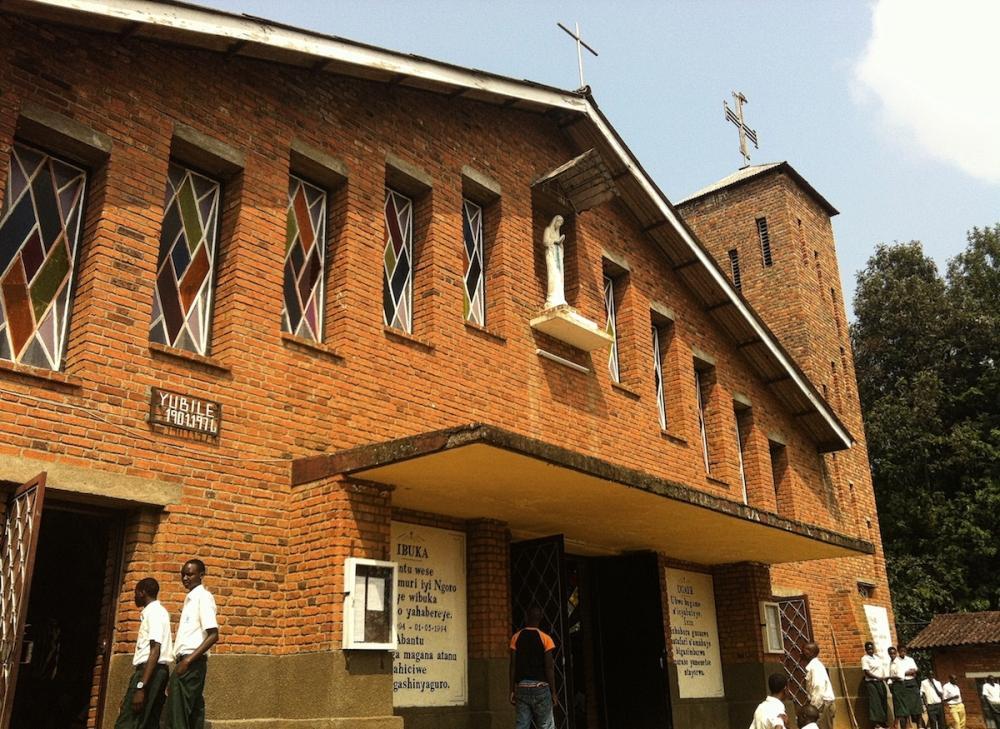Africa-Press – Rwanda. As the Genocide against the Tutsi entered a second month on May 1, 1994, perpetrators intensified efforts to hunt down and kill Tutsi who had managed to survive the initial weeks of slaughter.
The day is remembered for the widespread massacres, particularly in Nyundo in Rubavu District, Karama Hill in Butare (now Huye District), and other parts of the country.
In Nyundo, approximately 1,000 people were killed on May 1 in a massacre at the Catholic Church. Tensions had been building in the area since 1990, with Tutsi frequently accused of collaborating with the Rwandan Patriotic Army (RPA) and often detained on such allegations. When the genocide began on April 7, those suspicions quickly escalated into targeted killings.
Tutsi who had sought safety at the Petit Séminaire de Nyundo were massacred on the first day of the genocide. Many others fled to Nyundo Diocese, holding out hope for survival after the International Committee of the Red Cross (ICRC) initiated discussions to evacuate them to Goma, in the Democratic Republic of Congo.
Prior to the May 1 massacre, Interahamwe militias spread false messages promising safety for those in hiding. They urged Tutsi to gather at Nyundo, assuring them they would be protected. Drawn by this deception, many came from nearby areas like Kivumu in Nyamyumba and beyond, believing they would find refuge.
Survivors of earlier attacks had already sought shelter at the Diocese as early as April 8, where they spent days fending off attackers using makeshift weapons such as stones and roofing tiles.
But on May 1, the Interahamwe launched a coordinated assault. Two Daihatsu trucks from the Nyabihu Tea Factory arrived carrying armed militias from Nyabihu and Kibirira. They slaughtered the gathered Tutsi en masse. A few managed to survive by hiding among the bodies of the dead, while others escaped into nearby bushes, evading detection in harrowing conditions.
Elsewhere in southern Rwanda, the killers turned their focus to Karama Hill in Butare, where thousands of Tutsi had gathered—both local residents and those who had fled from other regions.
On April 18, in a desperate attempt to escape the looming threat, many Tutsi had tried to flee from Karama to Burundi via Kibilizi and the Mpanda port on the Akanyaru River. They were intercepted by a local leader, Ephron Hitimana, and Interahamwe militias, who not only blocked their passage but also stole their belongings.
On May 1, Karama Hill was surrounded and attacked. The Interahamwe sealed off all escape routes and launched a full-scale assault. Despite brief resistance, the Tutsi were overwhelmed by militias armed with firearms and grenades. The massacre lasted more than four hours and was only interrupted by a downpour of rain. After the killings, the attackers looted homes, possessions, and livestock.
More than 30,000 Tutsi were killed on Karama Hill over the course of several coordinated attacks.
For More News And Analysis About Rwanda Follow Africa-Press






